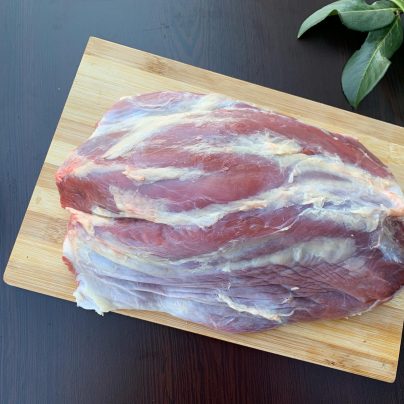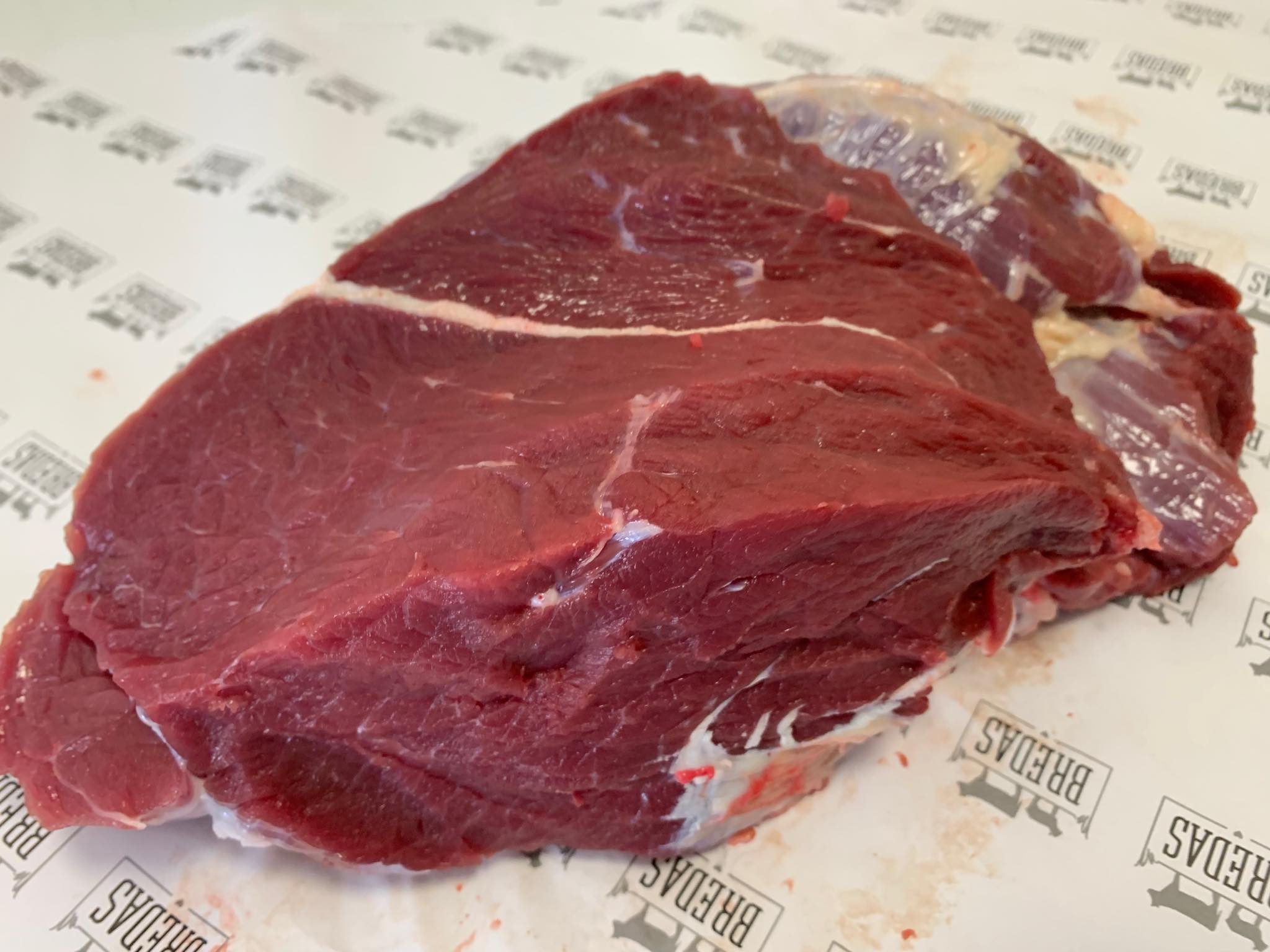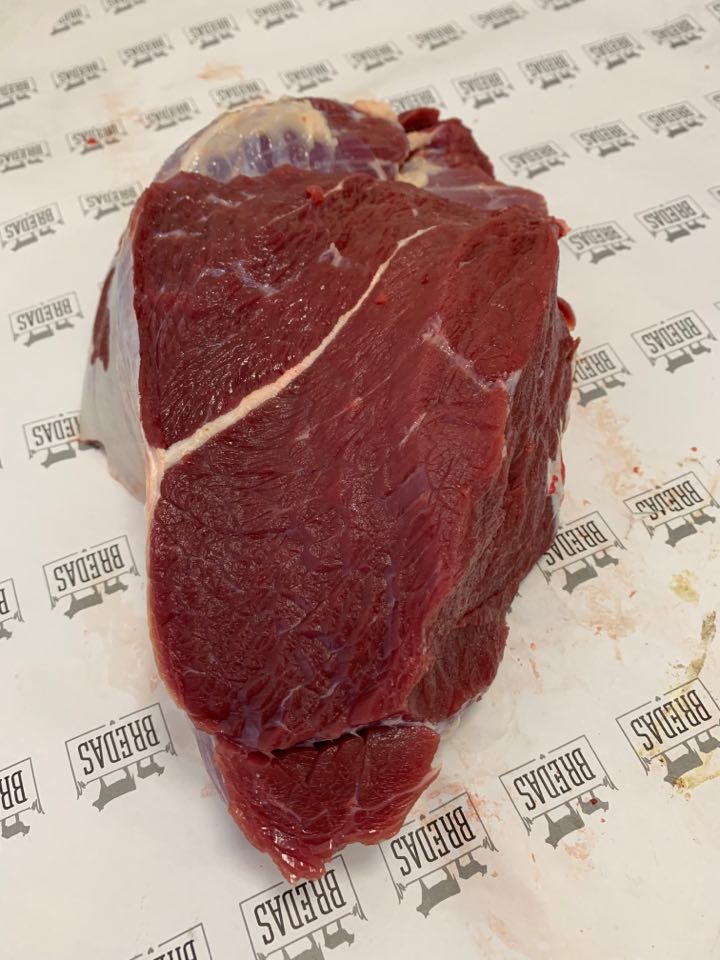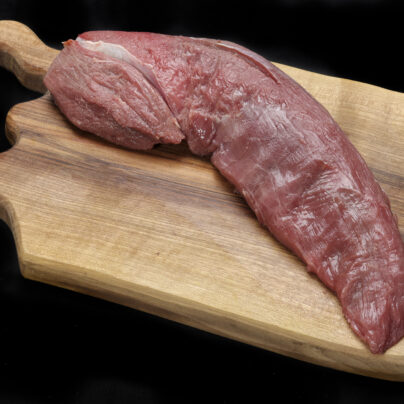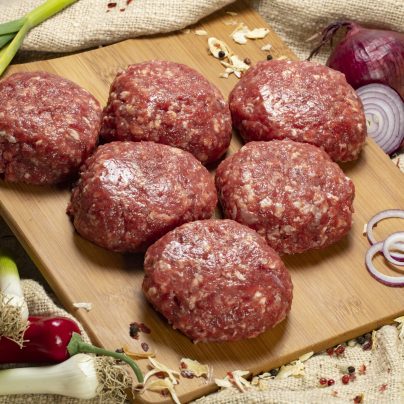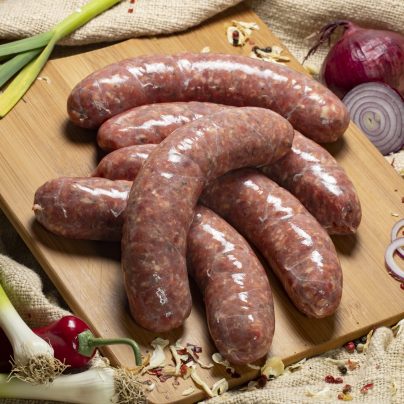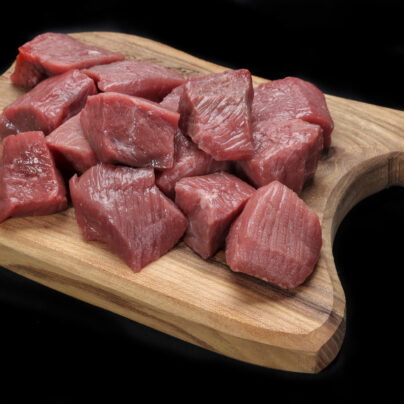Beef Shoulder
The beef clod or shoulder clod is one of the least expensive cuts of beef and is taken from the shoulder (chuck) region of the animal. Beef clod is a large muscle system, with some fat that covers the muscles. The clod’s composition is mainly three muscles: the shoulder tender, the top blade and the clod heart and is one of two chuck subprimal cuts. It is often divided into its three separate muscle cuts for retail sale. Beef clod, along with beef brisket, is historically the foundation of Central Texas-style barbecue, as epitomized by Kreuz Market in Lockhart, Texas, where the clod has been prepared since 1900 by long, slow smoking. Beef clod may also be prepared with moist heat or braising.
BULGARIAN CATTLE
High quality young beef in the transition to organic breeding from the autochthonous breed Bulgarian cattle grown entirely on pasture. The bulls reach a mass of 350 – 400 kg. A typical feature of the distinction is the color of the hair coat, with the typical red-brown hair. Of course, they are also found in gray-brown, gray-yellow and even black. The musculature of the body is dense, which helps to move easily on the mountainous terrain of the Rhodopes. The Bulgarian Rhodope cattle are highly resistant to various diseases and the animals themselves are distinguished for their longevity.
WHAT IS THE DIFFERENCE BETWEEN BEEF AND VEAL?
Veal comes from young bovine animals aged 6 to 7 months. When the calf reaches the age of one year they are called a cow/bovine animal. The veal is then called beef. The color of the meat has become darker and the structure and taste has also changed. Beef is the culinary name for meat from cattle, particularly skeletal muscle. Humans have been eating beef since prehistoric times. Beef is a source of high-quality protein and nutrients. Beef skeletal muscle meat can be used as is by merely cutting into certain parts roasts, short ribs or steak (filet mignon, sirloin steak, rump steak, rib steak, rib eye steak, hanger steak, etc.), while other cuts are processed (corned beef or beef jerky).
GRASS–FED BEEF IN BULGARIA
The difference in the diets of the cattle changes the nutrients and fats you get from eating the different types of beef. Grass-fed beef generally comes from cattle that eat only grass and other foraged foods throughout their lives.
Often, conventional beef cattle eat a diet that includes grains, such as corn, at some point. When compared with other types of beef, grass-fed beef may have some heart-health benefits. Grass-fed beef may have:
Less total fat
More heart-healthy omega-3 fatty acids
More conjugated linoleic acid, a type of fat that’s thought to reduce heart disease and cancer risks
More antioxidant vitamins, such as vitamin E
Lean beef that’s 10 percent fat or less — whether it’s grass-fed beef or another type of beef — can be part of a heart-healthy diet.
| Weight | 1 kg |
|---|
